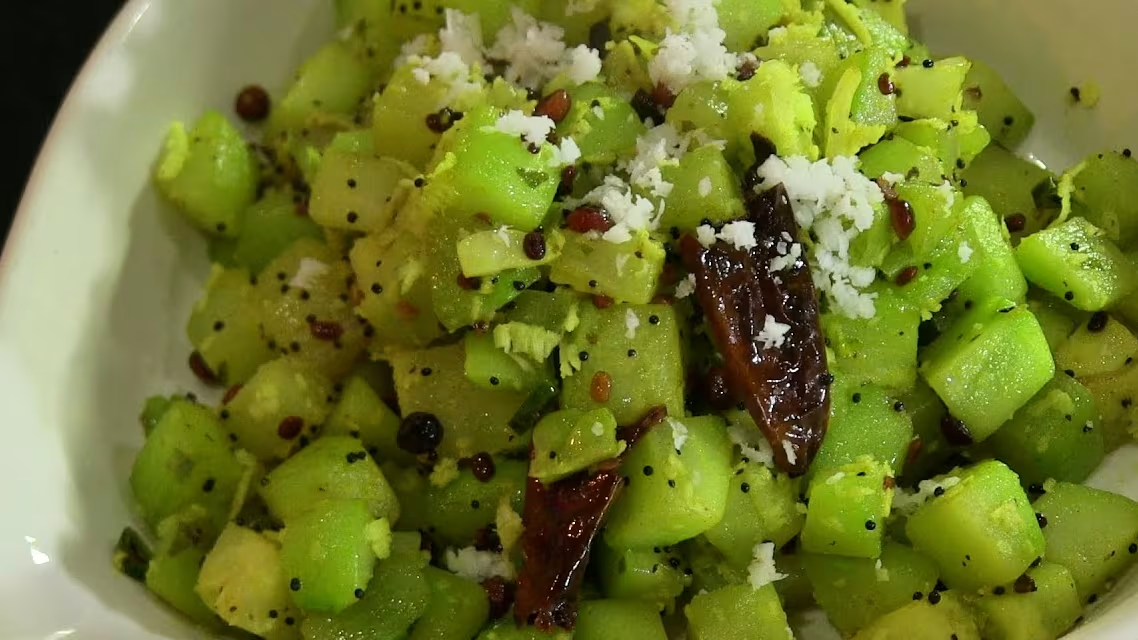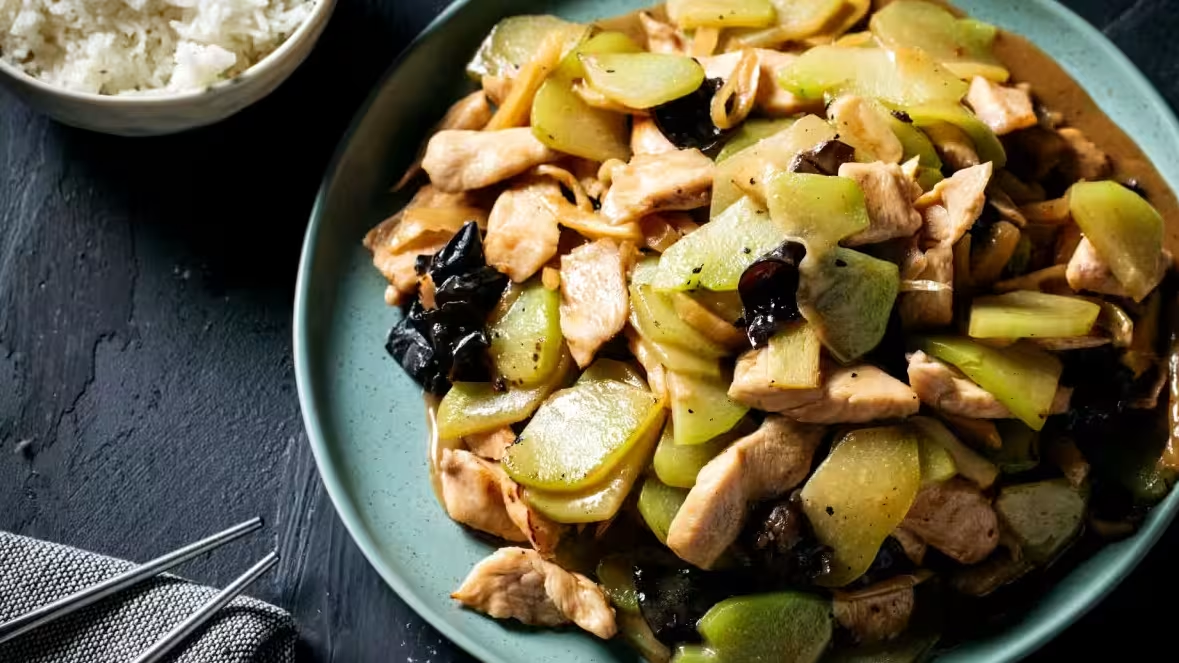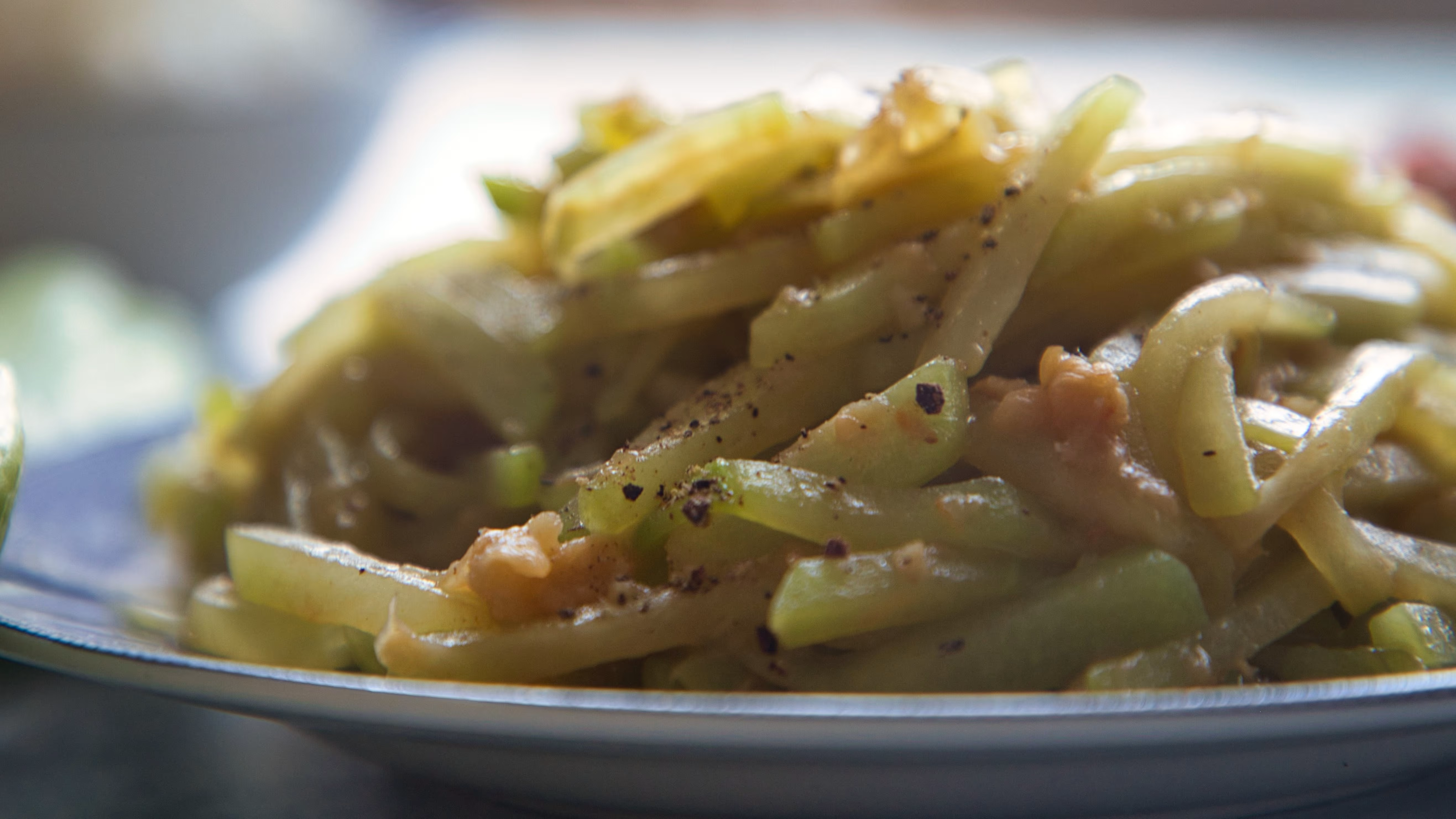
Delicious Choko Vegetable Recipes to Elevate Your Meals!
Written by Jessica Lopez
Published at 15-11-2023
Edited on 04/07/2025 | 11:39 AM
Vegetarian RecipesCourse: Side Dish
Cuisine: Australian
Difficulty: Easy
Servings
4 servings
Prep Time
15 minutes
Cooking Time
20 minutes
Total Time
35 minutes
Fat
2g
Protein
1g
Carbs
10g
Calories
50 kcal
Choko, also known as chayote or vegetable pear, is a versatile and nutritious vegetable that deserves a spot in your kitchen. This green, wrinkled delight is not only low in calories but also packed with essential vitamins and minerals, making it a fantastic addition to any meal. If you haven't tried cooking with choko yet, you're in for a treat! Its mild flavor and unique texture can enhance a variety of dishes, from stir-fries to salads and casseroles. In this blog post, we will explore some scrumptious choko vegetable recipes that are simple to prepare and sure to impress your family and friends.
Whether you're a busy parent looking for quick weeknight dinners or a home cook seeking fresh ideas, choko offers endless culinary possibilities. Plus, its incredible ability to absorb flavors means it pairs beautifully with different spices and ingredients. Incorporating choko into your diet is also a great way to diversify your vegetable intake. With its crunchy texture and subtle taste, it can be enjoyed cooked or raw.
From creamy choko gratin to refreshing choko salad, we’ll cover various cooking methods and flavor profiles that highlight this underrated veggie. Join us on this delicious journey as we unlock the potential of choko in your kitchen. Get ready to experiment and create dishes that not only taste amazing but also contribute to a healthier lifestyle. Let's dive into the world of choko vegetable recipes and discover how this humble vegetable can elevate your meals like never before!.


